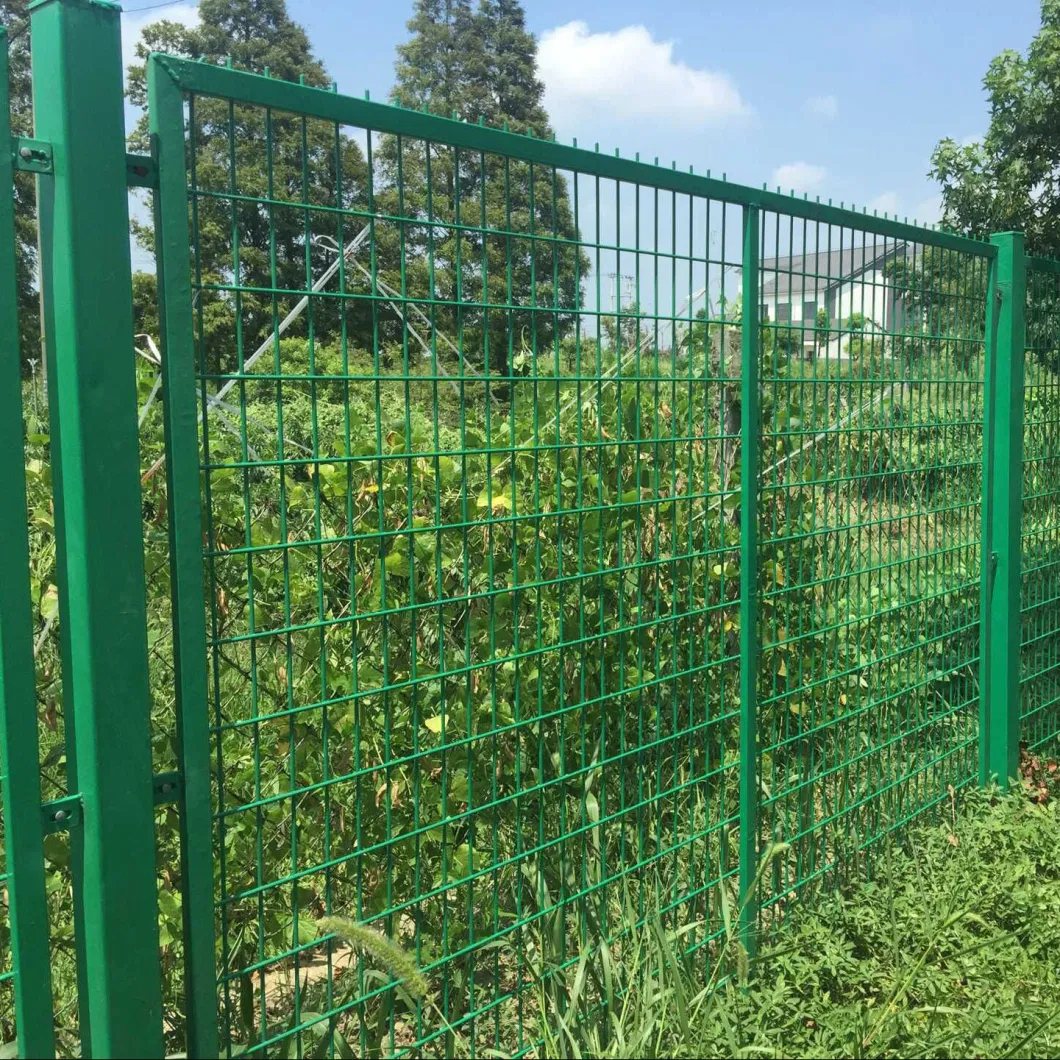Temporary Acoustic Barriers An Effective Solution for Noise Control
Noise pollution has become a significant concern in urban environments, affecting the quality of life, health, and overall well-being of residents. As cities expand and infrastructure projects proliferate, the need for effective noise control measures has gained prominence. One innovative and practical solution to mitigate this issue is the use of temporary acoustic barriers. These barriers serve as a critical tool for managing sound pollution, especially in construction sites and other temporary setups.
Understanding Temporary Acoustic Barriers
Temporary acoustic barriers are portable sound insulation structures designed to reduce noise propagation from specific activities, particularly those associated with construction, roadworks, or industrial processes. Made from various materials such as high-density foam, fiberglass, or specially designed acoustic panels, these barriers can be quickly deployed and relocated as needed. Their primary purpose is to absorb, deflect, and block sound waves, thereby preventing excessive noise from impacting nearby residential or commercial areas.
Key Features and Benefits
One of the main advantages of temporary acoustic barriers is their flexibility. Unlike permanent installations, temporary barriers can be easily installed and dismantled, making them ideal for short-term projects. This adaptability allows construction firms and contractors to comply with local noise regulations and minimize disturbances to the community. Additionally, the lightweight nature of many acoustic barrier materials makes them easy to transport and set up.
Another significant benefit is their effectiveness
. High-quality temporary acoustic barriers can significantly reduce noise levels—often by 10 dB or more—depending on the material's thickness and density. This reduction can mean the difference between a tolerable work environment and an unbearable one for nearby residents. Studies have shown that effective noise mitigation can lead to improved health outcomes, reducing stress levels and enhancing productivity for those working and living near construction sites.Applications in Various Settings
temporary acoustic barrier

Temporary acoustic barriers are versatile and can be used in a multitude of settings. In urban areas, they are particularly beneficial during the construction of buildings, roads, and bridges. As construction activities generate substantial noise—often exceeding 80 dB—temporary barriers can shield nearby homes, schools, and hospitals from sound disturbances. This is critical not just for maintaining a peaceful environment but also for protecting vulnerable populations such as children and the elderly.
Moreover, these barriers are useful in temporary events such as concerts, festivals, or outdoor gatherings where sound management is essential. By strategically placing acoustic barriers around the event's periphery, organizers can contain noise within the venue, ensuring minimal disruption to surrounding neighborhoods.
Sustainable Practices and Future Developments
In recent years, the emphasis on sustainability has prompted manufacturers to develop eco-friendly acoustic barrier solutions. Many modern materials are now made from recycled or biodegradable substances, reducing the environmental impact associated with traditional soundproofing materials. Additionally, innovative designs that incorporate living walls or sound-absorbing vegetation are being explored, which not only serve as noise barriers but also enhance the aesthetic appeal of the surroundings.
Looking ahead, the demand for temporary acoustic barriers is expected to grow, particularly as urbanization continues, and construction projects become more prevalent. With stricter noise regulations coming into play globally, temporary acoustic barriers will play a critical role in allowing development while preserving community tranquility.
Conclusion
In summary, temporary acoustic barriers represent a vital aspect of urban planning and construction management. They offer a practical, effective, and adaptable solution to the pervasive issue of noise pollution. As cities evolve and face ongoing development challenges, the integration of temporary acoustic barriers will be essential in ensuring that growth does not come at the expense of community well-being. By embracing these innovative sound management solutions, we can foster healthier living environments that harmonize with the progression of urban infrastructure.
-
Versatility of Expanded Aluminum Metal for Various Applications
NewsMay.19,2025
-
The Geometry of Steel Gratings: Why It Matters
NewsMay.19,2025
-
Reinforcement Applications of Perforated Mesh in Masonry
NewsMay.19,2025
-
Essential Tools for Installing a Deck Mesh Railing
NewsMay.19,2025
-
Anti-Slip Flooring Made with Stainless Expanded Mesh
NewsMay.19,2025
-
Adjustable Steel Grating for Uneven Terrain
NewsMay.19,2025
Subscribe now!
Stay up to date with the latest on Fry Steeland industry news.

